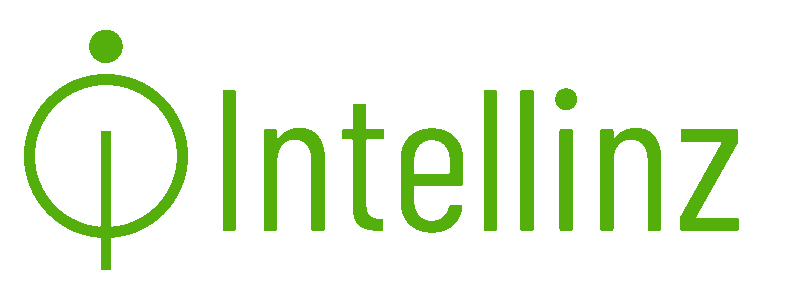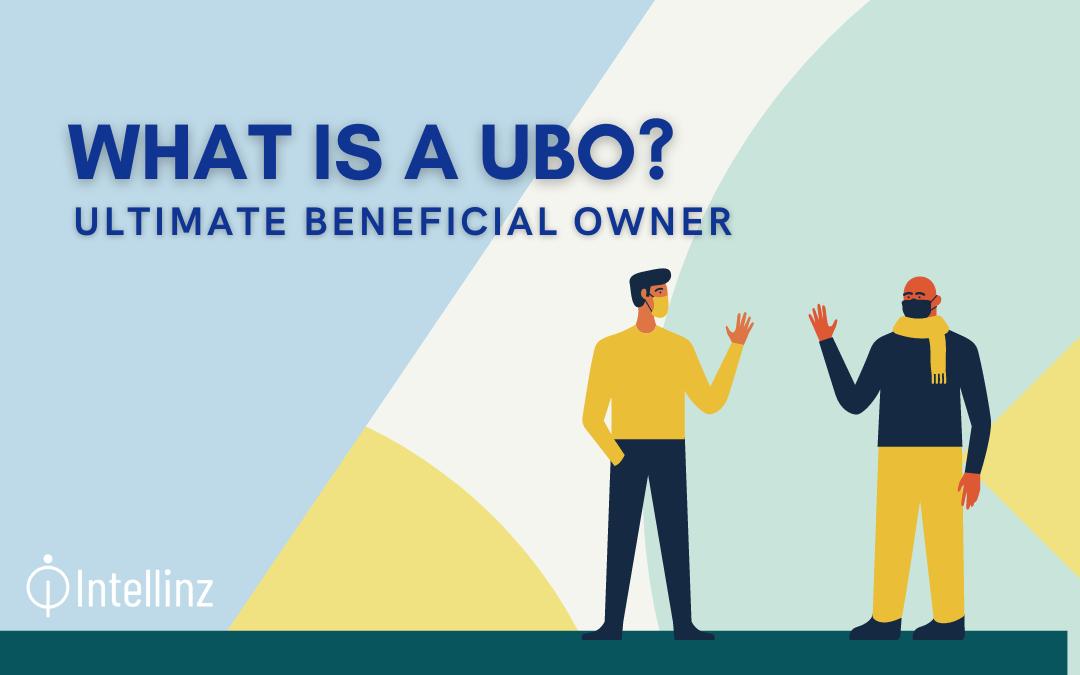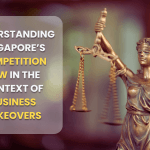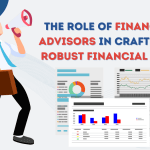What is a UBO?
Banks and companies are expected to know the people with whom they do business across the sector. For any of their commercial dealings, any institution subject to anti-money laundering and anti-terrorist financing rules must reveal the UBO’s identification.
Even though they are not legally identified as the owner of a firm, an Ultimate Beneficial Owner (UBO) is an individual who benefits from or is favorably influenced by it. It is a person within the parent business that owns or controls more than 25% of the firm’s stock, has substantial control over the company, and/or has the power to dismiss the majority of the board of directors. A UBO is technically defined as a person in a corporation who has substantial power at the very top.
The fight against fraud has intensified in recent years, with the 4th and 5th AML regulations taking effect when a business onboards a new consumer. Financial institutions must identify the beneficial owner and take reasonable steps to verify their identification, according to Financial Action Task Force (FATF) Recommendation 10 on Customer Due Diligence (CDD).
Why is it important to identify a UBO?
Most prominently, preventing fraud, particularly social and tax fraud, has been a priority. Large-scale fraud is frequently linked to the improper usage of businesses and commercial structures.
- Financial and economic crimes are committed by 60% of all unlawfully utilized companies.
- To hide their activities, 75% of known criminal organizations utilize commercial entities.
Serious, organized fraud is frequently disguised in international commerce, in order to keep criminals and their network of dubious businesses hidden. Off-shore islands and tax havens are popular among criminals. When investigating bankruptcy fraud, VAT fraud, and other unethical acts, investigators regularly come across “ghost businesses.” Fake addresses, PO boxes, and registered seats in people’s houses who have no knowledge are all too common. Companies with a hazy mission or that fail to deposit their yearly financial statements are also not good signs. The UBO Legislation was enacted in response to such abuses.
According to the Money Laundering and Terrorist Financing (Prevention) Act, UBO screening is required for all organizations. This comprises financial institutions such as banks, leasing companies, and insurers, as well as lawyers, civil-law notaries, estate agents, currency exchange offices, investment institutions, accountants, corporate auditors, diamond merchants, security firms, and casinos.
Criminals have traditionally utilized sophisticated business structures to circumvent the law and engage in illegal anti-money laundering operations. To provide total transparency in KYC standards, compliance laws have been adopted, including UBO screening.
Businesses must have a solid, risk-based, and auditable procedure in place to determine who has ultimate effective control over legal persons.
Which is why, to successfully determine who will profit from dealings with your firm, you must first understand who the UBO is. The following are the data sources you’ll need to check a beneficial owner against:
- Structure of corporate ownership
- Subsidiaries and shareholders
- Lists of Politically Exposed Persons (PEP)
- Lists of sanctions
- Sister firms in the same group structure, having the same ultimate owner.
- Lists of inspections
- Ownership for the sake of ownership vs. ownership for the sake of ownership
- Information about the firm in the news and in the media
Once, you have identified the data source, you will now be able to go through the general stages for UBO screening. The following are the general stages for UBO screening:
Step 1: Determine identity.
The screening process begins with determining and verifying the UBO’s identification. This examination, often known as client screening, may be focused on risk. This implies you can assess the likelihood of a business relationship or transaction being involved in money laundering or terrorism funding schemes on your own. When it comes to a corporation, the identification verification is usually based on the company’s identity card, passport, or articles of association.
Step 2: Conduct a compliance audit.
After you’ve figured out who it is, you should check the UBO to see how dangerous it is. Is the UBO, for example, on any PEP, inspection, or penalty lists, or has it received unfavorable press? The EU Freeze List, OFAC, and the AFM Alert List are all examples of this.
Step 3: Make a risk assessment.
This risk assessment may change the type and scope of client screening. The smaller the risk, the less work you’ll have to put in to lessen it. A simple client screening is sufficient for a low-risk customer. For example, you may inquire about the UBO’s identification and have the client sign a so-called UBO statement on which your client records the UBO’s information. Stricter customer screening is necessary if a client is not physically present for identification or is a PEP (Politically Exposed Person), or if there are any indicators of a heightened risk of terrorist funding or money laundering.
Step 4: Organize your files in a consistent manner
It’s also critical that you analyse your relationships in a regular and efficient manner and file the information that results. For at least 5 years, the identity data must be filed and updated.
Intellinz process of locating the UBO, as well as doing PEP and Sanction checks, AML checks, and providing news on the firm in question. Intellinz KYC Due Diligence saves manual hours of your onboarding process by handling numerous rules for many jurisdictions and eliminating human mistake by matching data to various sources, including Refinitiv world check as well as running through various sanctions lists available.
Our marketplace provides a all-in-one solution for businesses dealing with UBO on a regular basis. Which is why you can rely on Intellinz for all your compliance checks with a comprehensive dashboard to manage your business decisions.







Incredible quite a lot of awesome tips. https://definitionessays.com/ custom of writing letters
Useful facts. Many thanks!
how to write a good introduction paragraph for an essay help writing paper academic writing help
You definitely made the point. cheap essay writing services writing essay
You reported it very well! writing a conclusion for an essay paper writing dissertation help
You said it nicely.. mathematics homework essay writers needed
Thanks a lot, Terrific stuff.
https://service-essay.com/ community college essay
Nicely put. Thank you!
https://ouressays.com/ writing service level agreements
Thanks! Quite a lot of material!
https://essaywritingservicelinked.com/ dissertation writers online
Very good material. Appreciate it.
https://essaywritingserviceahrefs.com/ write and essay
I’m truly enjoying the design and layout of your website. It’s a very easy on the eyes which makes it much more enjoyable for me to come here and visit more often. Did you hire out a developer to create your theme? Fantastic work!
https://essaywritingservicebbc.com/
Amazing content. Many thanks.